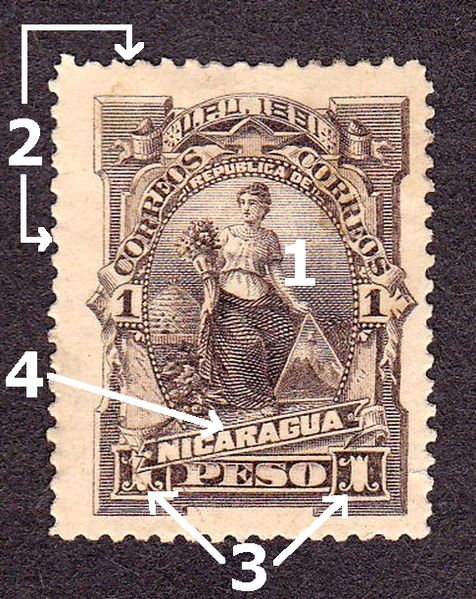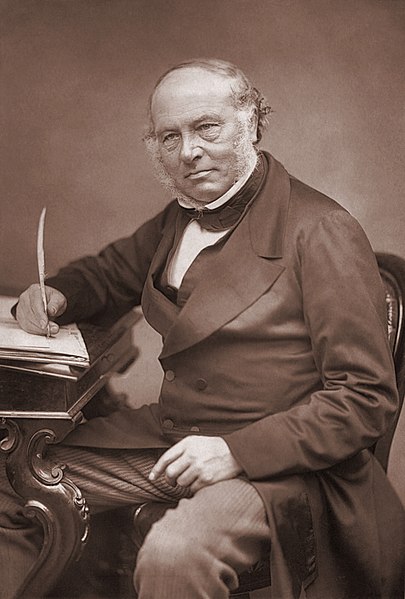An overprint is an additional layer of text or graphics added to the face of a postage or revenue stamp, postal stationery, banknote or ticket after it has been printed. Post offices most often use overprints for internal administrative purposes such as accounting but they are also employed in public mail. Well-recognized varieties include commemorative overprints which are produced for their public appeal and command significant interest in the field of philately.
Overprinted Iranian banknote with the seal of the Mohammad Reza Pahlavi, which was printed after the 1979 revolution in Iran
An 1897 Chinese Red Revenue stamp overprinted with small "one dollar" characters was sold for HK$ 6.9 million in 2013.
France, 1929: Commemorative overprint for the Philatelic Exposition in Le Havre
Victoria, 1873: Penny stamp overprinted to new value of halfpenny
A postage stamp is a small piece of paper issued by a post office, postal administration, or other authorized vendors to customers who pay postage. Then the stamp is affixed to the face or address-side of any item of mail—an envelope or other postal cover —which they wish to send. The item is then processed by the postal system, where a postmark or cancellation mark—in modern usage indicating date and point of origin of mailing—is applied to the stamp and its left and right sides to prevent its reuse. Next the item is delivered to its addressee.
The main components of a stamp: 1. Image 2. Perforations 3. Denomination 4. Country name
Lovrenc Košir, 1870s
Rowland Hill
The Penny Black, the world's first postage stamp (1 May 1840)








